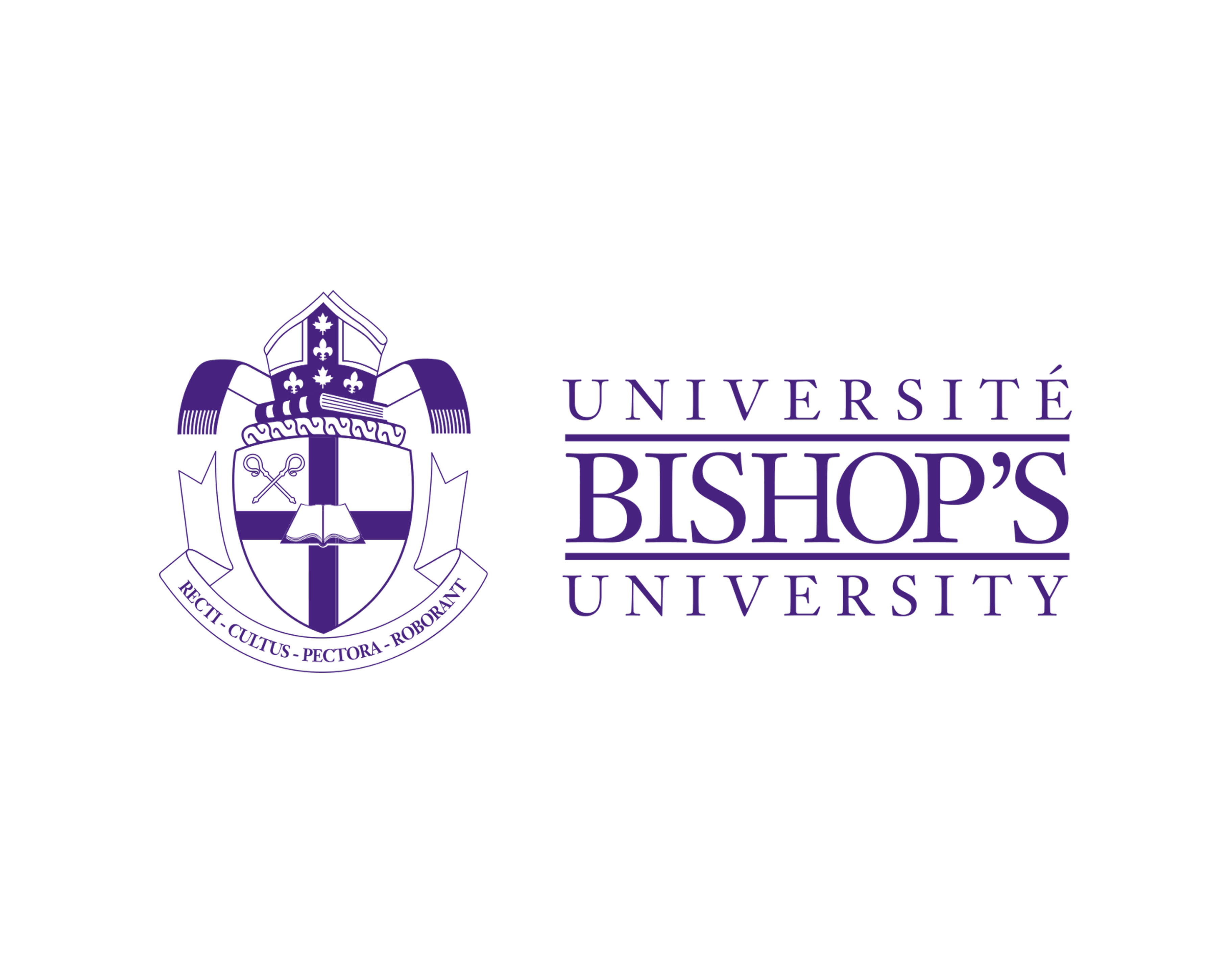Bishop’s University remains the highest university with student cannabis use, according to Maclean’s annual self-reporting survey.
Over 23,000 post-secondary students in Canada responded to the survey by Maclean’s.
While the university kept its rank, the survey also shows that over 60 per cent of respondents saying they never indulge in the now-legal drug.
At Carleton University, almost 40 per cent of students reported using cannabis with 2.4 per cent of them reporting daily use.
Jenessa Belanger, a third-year law student at Carleton, said the numbers seem lower to her than the amount of people she sees smoking.
“I feel like people were not truthful in reporting their consumption, probably out of fear their information would somehow be released and jeopardize something like a job,” she said.
There were stark differences in the numbers between universities: students at Bishop’s University, St. Francis Xavier University, Acadia University and the University of Victoria all reported usage rates above 50 per cent, whereas the University of Calgary and the Université de Moncton both reported rates below 25 per cent.
The Canadian Tobacco, Alcohol and Drugs Survey (CTAD) reported that cannabis use among the general population was 12 per cent in 2015.
As for post-secondary students, data from the spring 2016 National College Assessment Survey, which is drawn from a sample of 41 schools, shows that about 58 per cent of student had never used cannabis.
Scott Roberts, a spokesperson for Acadia University, told the Charlatan in email that he couldn’t comment on the school’s high ranking because he was unsure of the survey’s methodology.
But, he said, Acadia doesn’t expect to see any changes in cannabis-related behaviour as a result of legalization.
“Our policies here, with the exception of possession of cannabis now being legal subject to legislated limits, have not changed,” Roberts said. “But, we are monitoring this to ensure that if there is a change with possible negative consequences for individual students, they have access to a full range of support services in place.”
The survey also broke down the results by program. Theatre and journalism students self-reported being the most likely to use cannabis at over 50 per cent, while medicine and math students were the least likely at 25 per cent.
But, again, some students said that the numbers seemed low.
Lindsay Moulton, a fourth-year business student at the University of Ottawa, said via Facebook message that the results surprised her.
“People just don’t want to admit or say that they’ve smoked,” she said.
Her program reported a 38 per cent usage rate.
“It’s lower than I thought it’d be,” Moulton said. “I guess because business students are notorious for being partiers. But they’re also known for being uptight.”
Eugene Oscapella, criminology professor at the University of Ottawa, questions whether universities should be perusing policies aimed at decreasing cannabis consumption rates among their students.
“Is cannabis use inherently bad?” he said. “We need consistency in policy; rational policies that go across all ranges of drugs, rather than policies that moralistically target one drug over another . . . I think it’s time to move beyond that.”
Photo illustration by Jasmine Foong






